Note: This post contains affiliate links which means if you click on a link and purchase an item, we will receive an affiliate commission at no extra cost to you.
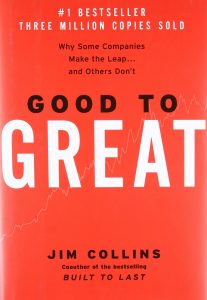 Ready to learn the most important takeaways from Good To Great in less than two minutes? Keep reading!
Ready to learn the most important takeaways from Good To Great in less than two minutes? Keep reading!
Why This Book Matters:
Good to Great is one of the most famous business management books ever written.
Based on 15 years of studying high achieving public companies, the book describes the specific steps that enabled good companies to blossom into great companies.
Key Takeaways:
- Great businesses are grounded in their Hedgehog concept
- Hedgehogs have a very simple and effective strategy: curl up into a spiky ball when they are threatened.
- Example: Use these three questions to create a simple, narrow business focus and to avoid distractions:
- What are you deeply passionate about?
- What can you be the best in the world at?
- What drives your economic engine?
- Success is a slow, cumulative process of tiny steps in the right direction
- By staying loyal to the Hedgehog Concept, small amounts of progress fueled by tireless self-discipline will eventually lead to success.
- Example: After bankruptcy, Nucor, a steel manufacturer, stayed laser-focused on their hedgehog concept of using mini-mills to produce steel cheaper than competitors. The company gathered momentum and the stock outperformed the market fivefold.
- Technology can accelerate goal achievement but it shouldn’t be the goal
- Don’t rush to adopt new technologies. Instead, carefully contemplate how they align with your long-term goals.
- Example: Walgreens took its time to launch its website during the dot-com boom and didn’t panic or rush when online drugstores popped up overnight.
- Level 5 CEOs are critical for a good company to become great
- Characteristics of level 5 leaders: humble, team-first, results-driven, take the blame when things go wrong, share credit when things go well, and build the leadership team so that they can be easily replaced as CEO.
- Example: The head of the highly successful Kimberly-Clark paper company dressed modestly, listened to his employees, still worked on his farm, and remained good friends with blue-collar workers.
- “Who” is always more important than “What”
- The best companies in the world have the best people in the world, and they hire slow and fire fast.
- Example: In the face of changing regulations, the CEO of Wells Fargo knew that his team of exceptional employees would be the secret to making sure the company evolved and thrived.
- Confront the truth, but never lose faith
- Embrace the Stockdale Principle: Confront the reality of the situation, but never lose faith that you can prevail if you focus on your Hedgehog concept.
- Example: James Stockdale, a US admiral, was captured during the Vietnam War and imprisoned. He later said that he survived because of his ability to confront the horrible truth of his situation while still believing he would get home eventually.

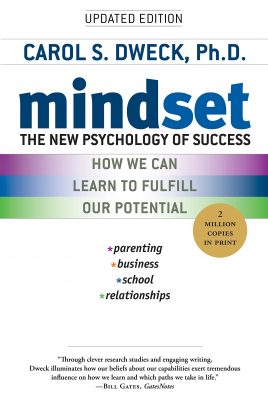
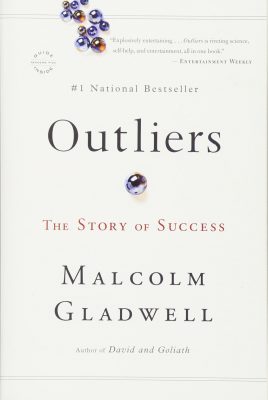
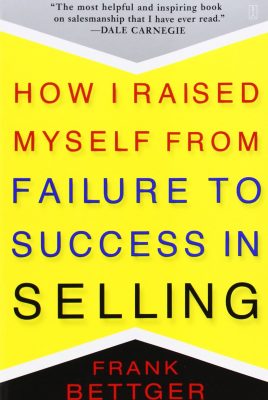
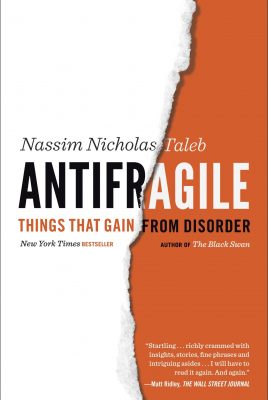
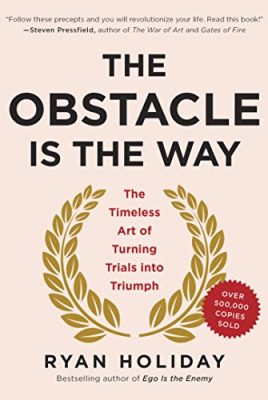

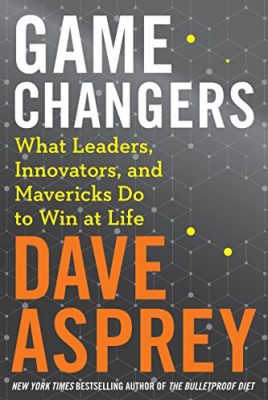
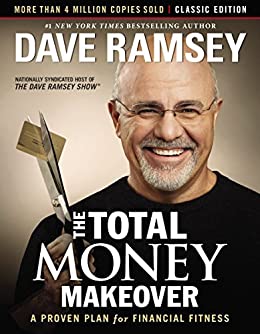
Leave a Reply
View Comments